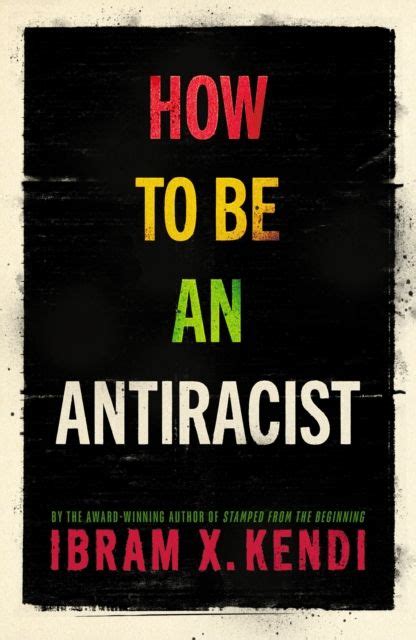Worthy of Re-Reading, Again and Again: Kendi on Antiracism
Ibram X. Kendi’s How to be an Antiracist is one of the most important books on racism written in the last few years. Kendi, a brilliant and prolific scholar, writer and pubic intellectual, was named by Time Magazine as one of 2020’s most influential people. If you have not read this book, I urge you to find a copy and spend some time with it. And if you did pick it up over the past year, I recommend finding time to re-read it. It contains much to consider and reconsider.
Kendi’s book is both autobiographical and scholarly. He uses his own journey, his successes and failures, his strengths and his weaknesses, to guide us through the myriad of ways that race and racism intertwine and affect how we see the world and interact with each other. Kendi avoids the phrase “systemic racism” – and makes us understand how “systemic” is redundant. He explains how omnipresent racist thought is; it is in the air that we grown accustomed to breathing. To choose to become antiracist is a radical act – and demands a new consciousness. Lifting from DuBois and expanding on his work, Kendi recasts dual consciousness into dueling consciousness. He moves at a high level through twentieth century American history. He locates his own story within that larger history, giving his own development as much of a critique as that of society. There is great power in his vulnerability.
Kendi systematically observes, unpacks and challenges us throughout the book. His take on the half-steps and quarter-steps taken to address racism is especially insightful. He disdains the term “microagression” and instead calls it what it is: racist abuse. He calls biological racists what the are: segregationists. He shares how ethnic labeling can fuel racist thought. He employs facts and science to debunk racist claims. For example, if you want to find high crime rates, unemployment and poverty are significantly greater contributors than race. And he notes the influence of behavioral racism in our thinking, practice and culture.
As the book progresses, building a more comprehensive understanding of how racism operates, Kendi zeroes in what is at stake – power. He shows how power – both in the political realm, which is traditional and well-publicized, as well in the sociological sense of cultural capital – has an intimate relationship with racism. He picks apart the threads of capitalism, especially how it can exploit others, to strengthen the argument. The organization of this line of thinking is reinforced through chapter titles, too: Space, Class, Gender, for example.
The key take away for me is that Kendi draws a clear distinction between all that it racist and all that is antiracist. He denies the existence of a middle ground. Reading the book is like taking the red pill in the Matrix. After reading it, if you reflect, you can’t unsee the racism all around us – and the choice is clear. We have to be antiracists.
David Potash
